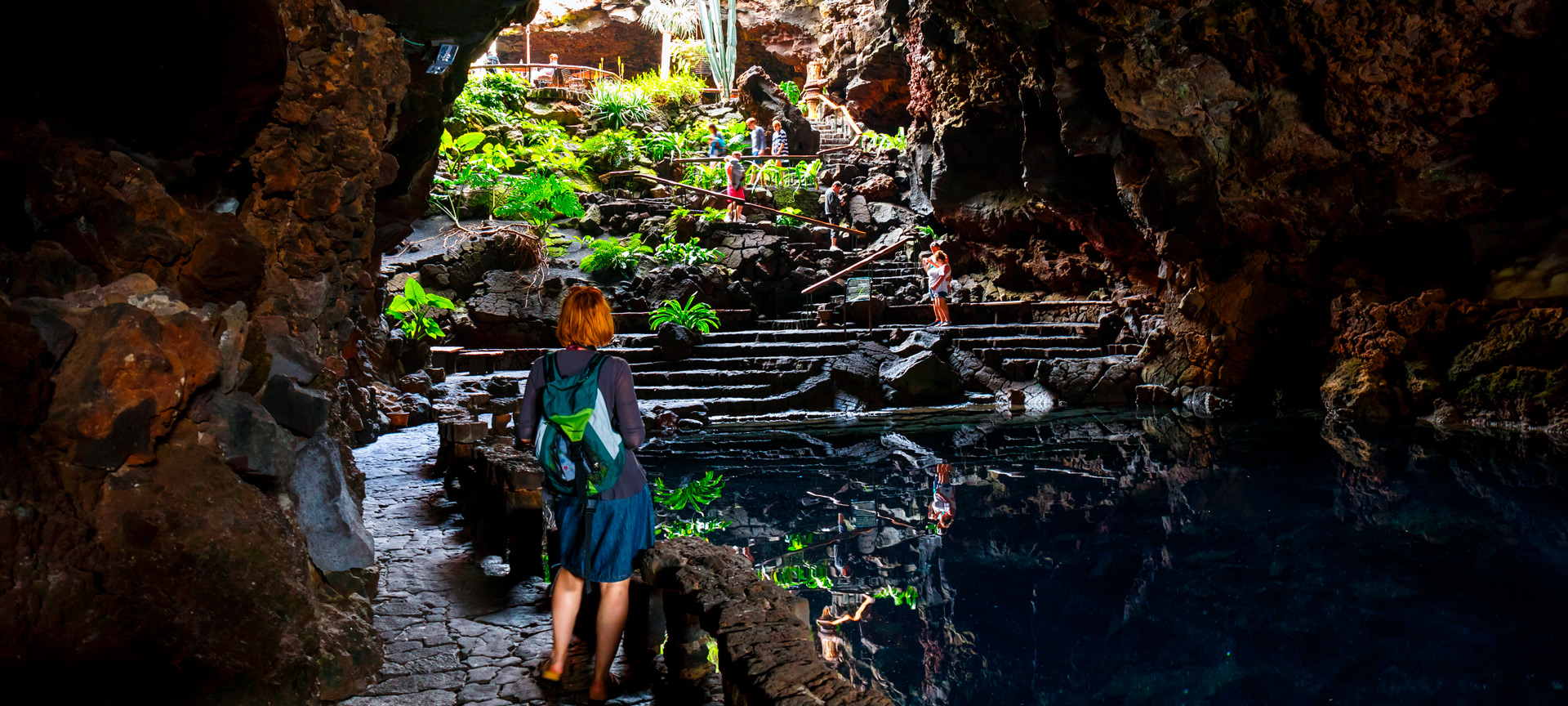
Some of Spain's most famous caves
Naturally sculpted underground jewels. Bring out your speleological side and explore some of the most famous caves in Spain. Our ancestors lived in many of these caves, where they left their mark, and others are simply a place of unique beauty. Stalactites and stalagmites with unique shapes for you to interpret. You can find them across Spain and you can take a break and visit them any time of year. The list shown below will help you organise your trip. Neither Batman nor Indiana Jones would resist, how what about you?
Debe activar Javascript para poder utilizar este servicio
-
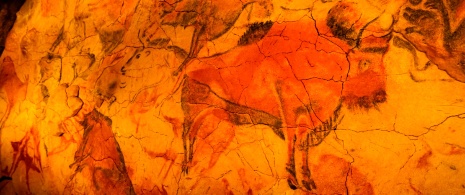
Altamira Caves (Cantabria)
It is a clear representation of prehistory. This cave can be found near Santillana del Mar. It is one of the most important for its cave paintings, which were discovered in the nineteenth century. It is also listed by the UNESCO as a World Heritage Site. The cave is closed to the public for conservation reasons, but you can visit the Altamira Museum and the Neocave, an exact reproduction of the original, where you can learn a little more about its ancient inhabitants. Horses, bison, deer and other types of animals are depicted on the ceilings of this wonderful place. You will be left in awe. An accessible and interesting place for all ages.
-
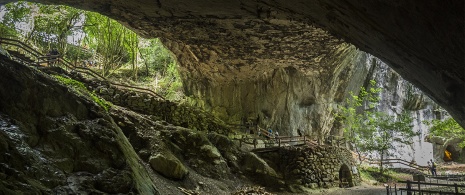
Cave of Zugarramurdi or Sorginen Leizea (Navarra)
This karstic complex in the Navarrese Pyrenees is well known across Spain for being related to witchcraft. It served the Inquisition as proof of such practices. This inspired the Spanish director, Álex de la Iglesia, to film The Witches of Zugarramurdi. A magical place that houses a large number of stories and legends. To learn more about this place, you can visit Zugarramurdi Witch Museum, which is very close by. The place will undoubtedly bewitch you.
-
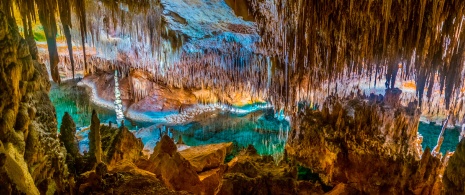
Caves of Drach (Balearic Islands)
These four caves are found to the east of the island of Majorca (Porto Cristo), which you can discover by going on a route, over 1,200 m long and 25 m deep below the surface. The first records of this place date back to the Middle Ages, later appearing in one of Jules Verne's books, Clovis Dartetor.You will be amazed the moment you go in the cave. You will see turquoise waters, surprising ceilings and one of the largest underground lakes in the world: Lake Martel. All visits include a classical music concert for an unforgettable experience. The music echoes off the walls producing a unique sound. The perfect soundtrack for your holidays.
-
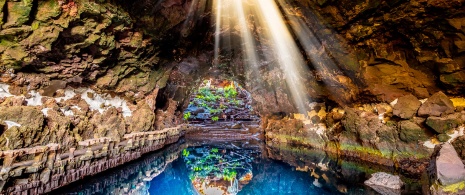
Jameos del Agua (Canary Islands)
Nature turned into art? This is how César Manrique modified this volcanic tube, turning it into a symbol of the island of Lanzarote. Following the eruption of Corona volcano, two tunnels were formed: Jameos and Verdes. You will discover that Manrique was a genius with his hands. He shaped the place by combining the black colour of rock with the green of vegetation, blue of water and the white of soil to create a harmonious peace that transmits peace. Jameos del Agua is very close to the sea. In fact, it was sea filtrations that created the lake inside it. What is most incredible is that you can find the auditorium in a volcanic cave. It can seat up to 500 people.
-

Cave of El Soplao (Cantabria)
Did you know that this cave in Cantabria was discovered in the mid-twentieth century, in the midst of a series of mining operations? Hop on the mining train and discover one of Spain's most amazing geological jewels. Inside, you can follow the circuit on foot, crossing several galleries and rooms, with names like “The Ghosts”, “Sentries” or “Opera”. You won't know where to look, since you will be surrounded by stalactites, stalagmites, columns and mudslides of magical beauty.For the more intrepid, El Soplao also offers a longer alternative route - two and a half hours - where you can feel like a speleologist for a day.
Travel plans for inspiring you










